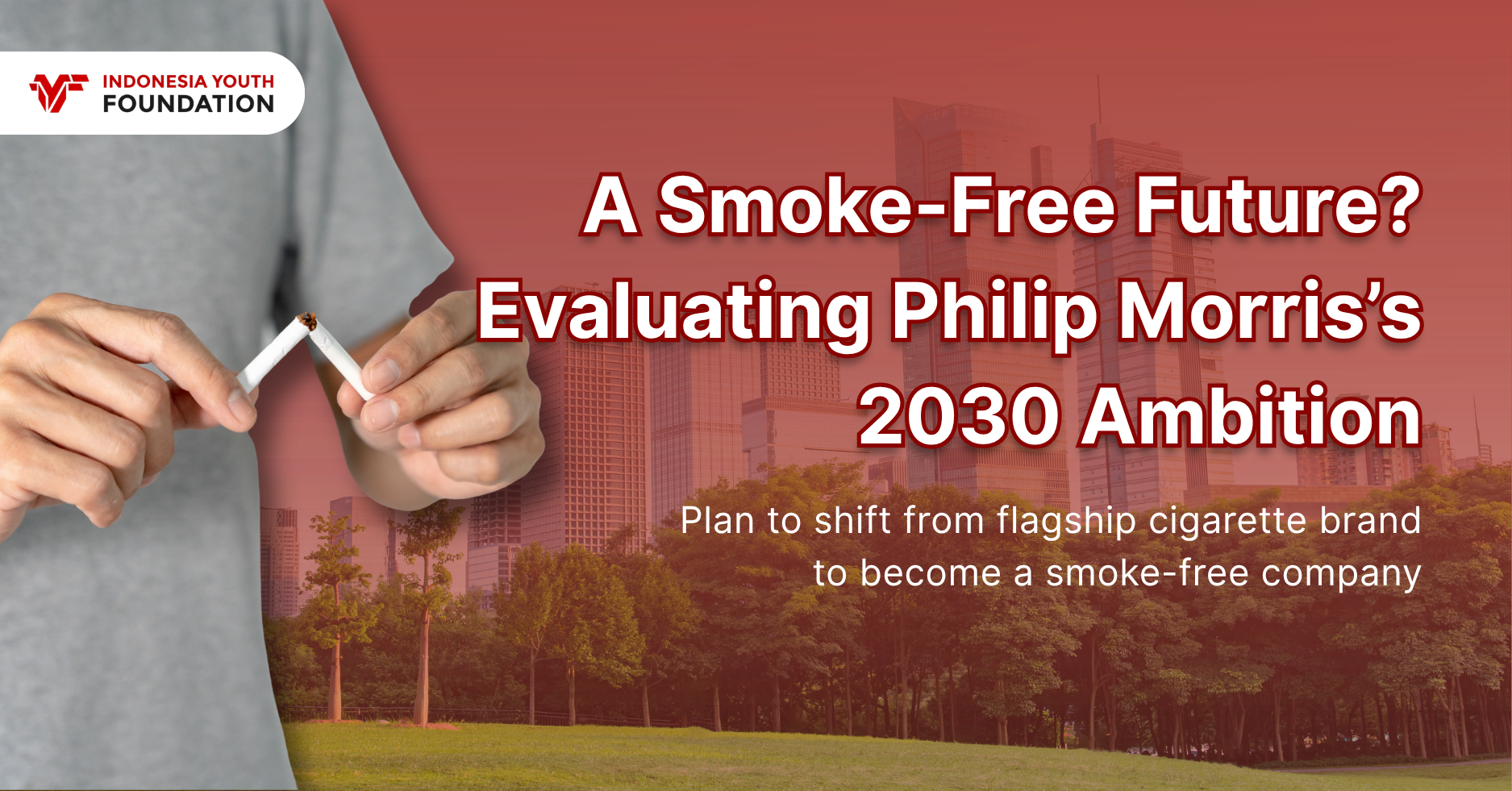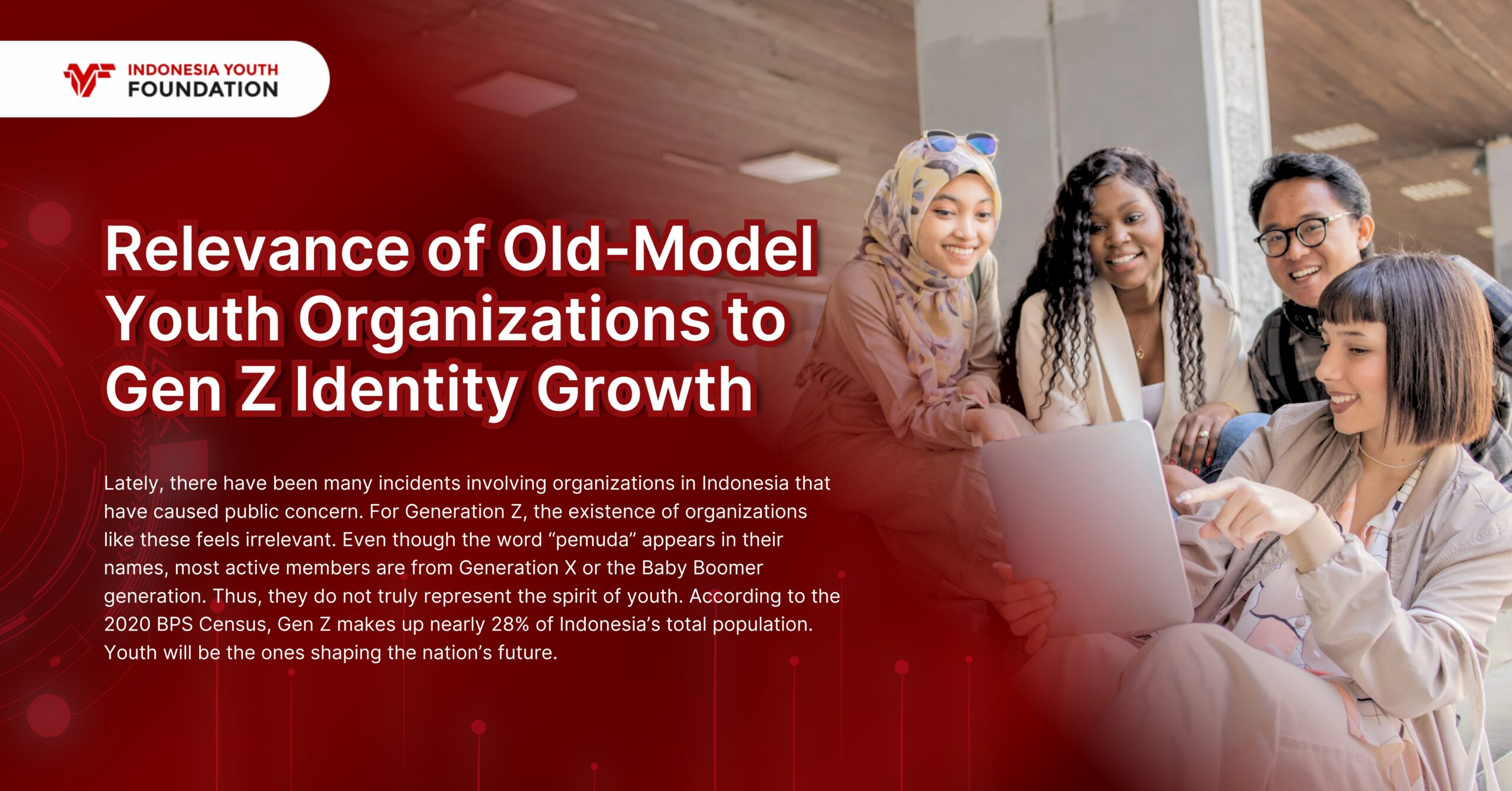Relevance of Old-Model Youth Organizations to Gen Z Identity Growth
Philip Morris International (PMI), known globally for its flagship cigarette brand Marlboro, has set a bold vision: to become a smoke-free company. By 2030, PMI aims to generate over 66% of its total revenue from smoke-free products. As global awareness about the dangers of smoking rises and regulators push for healthier alternatives, this transformation is not only strategic but necessary. But, can a traditional tobacco company truly achieve such a radical shift in just five years?
Source: Philip Morris International Official Website
Smoke-Free Progress Is Speeding Up, But the Clock’s Ticking
As of Q2 2025, PMI reported that smoke-free products accounted for 41% of its total net revenues and over 42% of gross profit. This marks a 2.9 percentage point (pp) increase in net revenues and a 3.8 pp increase in gross profit compared to the same period last year. PMI’s smoke-free portfolio includes IQOS (heated tobacco), ZYN (nicotine pouches), and VEEV (vaping). This growth suggests momentum, but is it enough?
Source: Macrotrends
Chasing 66%: The Smoke-Free Growth Challenge
PMI’s total revenue for the twelve months ending March 31, 2025, reached $38.39 billion—a 6.78% year-over-year increase. If this growth trend continues, PMI’s projected revenue in 2030 would be approximately $53.28 billion. To achieve its 66% target, the company would need to generate about $35.16 billion from that segment. Currently, PMI’s annualized smoke-free revenue is estimated at $15.74 billion. To reach the target, the smoke-free segment must grow at a compound annual growth rate (CAGR) of around 17.5%.
”Smoke-free business (SFB): Our SFB continues to deliver superior performance, with shipment volumes up by 11.8%, net revenues growing by 15.2% (14.5% organically) and gross profit increasing by 23.3% (21.5% organically).” – Philip Morris International Official Website Report.
While challenging, the CAGR is not impossible. In Q2 2025 alone, PMI reported a 15.2% year-over-year growth in smoke-free revenue and an 11.8% increase in shipment volume. Through strategic expansion, product innovation, and aggressive marketing, PMI may sustain or accelerate this trend.
Source: Philip Morris International Official Website
PMI’s global presence strengthens its growth potential. By mid-2025, its smoke-free products were available in 97 markets, nearly half of which offered at least two major brands. In twenty countries, all three brands: IQOS, ZYN, and VEEV were available. This diversification enhances market resilience and consumer reach.
More Than Profit: A Test of Public Trust
However, several obstacles remain. Regulatory barriers, shifting consumer perceptions, and competition from other nicotine alternatives may hinder growth. In addition, affordability and accessibility in emerging markets—where smoking rates remain high—must be addressed.
Source: Philip Morris International Official Website
From a youth empowerment and public diplomacy perspective, PMI’s transformation raises compelling questions. Is the company truly reforming its image and impact—or simply rebranding? As more countries adopt harm reduction frameworks, PMI’s journey becomes a high-stakes case study in corporate responsibility and health innovation. For youth communities, it signals a broader shift in how industries respond to public pressure and global health challenges.
In conclusion, while PMI’s target of achieving 66% smoke-free revenue by 2030 is ambitious, it remains highly achievable. If current momentum holds and expansion continues, the company may well redefine not only its business model but the entire tobacco industry landscape.
Writer: Ayu Kusmawati
Previous article: INZS 2025: Youth Are Leading Middle Powers, Maximum Impact








